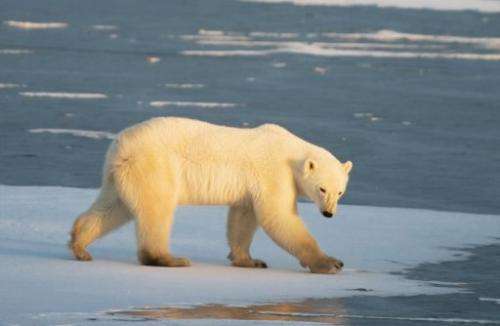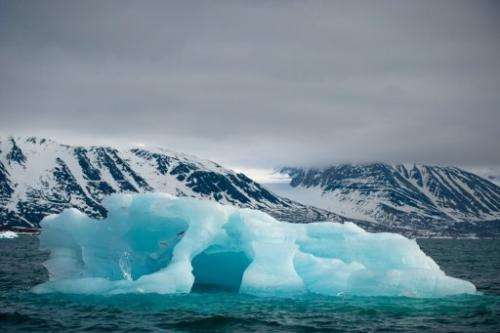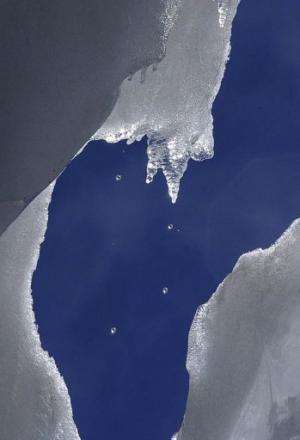Melting permafrost 'may speed global warming'

Climate talks got down to the nitty-gritty in Doha on Tuesday as developing countries and the European Union (EU) staked out rival positions on the fate of the Kyoto Protocol.
Separately, the UN's Environment Programme (UNEP) urged negotiators to heed the risk from melting permafrost, which could spew billions of tonnes of greenhouses gases into the air and accelerate global warming at a stroke.
Pressing on the key issue at the 12-day annual parlay which began on Monday, poorer countries called on the EU to shore up the Kyoto Protocol, a beleaguered and contested treaty on climate change.
"Together we face a man-made disaster of epic proportions," said Marlene Moses of the Pacific island of Nauru, heading the Association of Small Island States (AOSIS) which are vulnerable to rising seas.
"The Kyoto Protocol must not be an exercise in creative accounting or a public relations exercise," Moses said.
"Commitments must be real, and must deliver effective (carbon) emissions reductions."
The talks are taking place under the UN Framework Convention on Climate Change (UNFCCC), an arena set up 20 years ago at the Earth Summit.

Heading the agenda in Qatar is the future of the Kyoto Protocol, the world's sole binding pact for curbing carbon emissions.
The protocol, whose first commitment period runs out on December 31, currently commits about 40 rich nations and the EU to an average five percent greenhouse gas reduction from 1990 levels.
Developing countries say Kyoto is vital for meeting the UN's target of pegging global warming to two degrees Celsius (3.6 degrees Fahrenheit), a goal that on current trends will be dramatically missed.
Critics, though, say Kyoto is ineffective, as China and the US, the world's No. 1 and 2 carbon emitters, are not included in the binding targets.
Securing a second round of Kyoto pledges would clear a major hurdle towards a wider, global treaty that would be sealed in 2015 and take effect in 2020.

But delegation statements on Tuesday highlighted differences over how long the next commitment period should last and how big the carbon cuts should be.
Moses said the post-2012 commitment period should run for five years and rich parties should present "ambitious targets that are consistent with the challenge."
The five-year timescale was also backed by the bloc of Least Developed Countries (LDCs), comprising the poorest economies.
"The Kyoto Protocol remains the cornerstone of the international climate regime," said China, speaking for the so-called BASIC group, which also includes Brazil, India and South Africa.
"We urge developed country parties to Kyoto Protocol to raise their level of ambition in Doha, consistent with what is required by the science and their historical responsibility."
But the EU stood by an eight-year commitment period and—in a veiled appeal to the emerging giants to do more—said the period should be seen "as a floor, not as a ceiling."

The 27-nation EU has unilaterally promised to scale back emissions by 20 percent by 2020 compared with 1990 levels, and extend this to 30 percent if other major polluters follow suit.
No-one, though, has taken up the offer.
Along with the EU, Australia and some small Kyoto parties have said they would take on commitments in a second period, but New Zealand, Canada, Japan and Russia will not.
The United States, historically the world's biggest carbon emitter, signed Kyoto as a framework agreement in 1997, but refused to ratify it after its rulebook had been agreed.
Meanwhile, a report by UNEP warned that climate talks had to factor in the threat from melting permafrost, where vast quantities of carbon gases, from vegetation that died millions of years ago, are locked up in ice.
"Its potential impact on the climate, ecosystems and infrastructure has been neglected for too long," warned UNEP excutive director Achim Steiner.
Warming permafrost could emit 43-135 billion tonnes of carbon by 2100 and 246-415 billion tonnes by 2200, the study said.
More information: Press release
(c) 2012 AFP




















